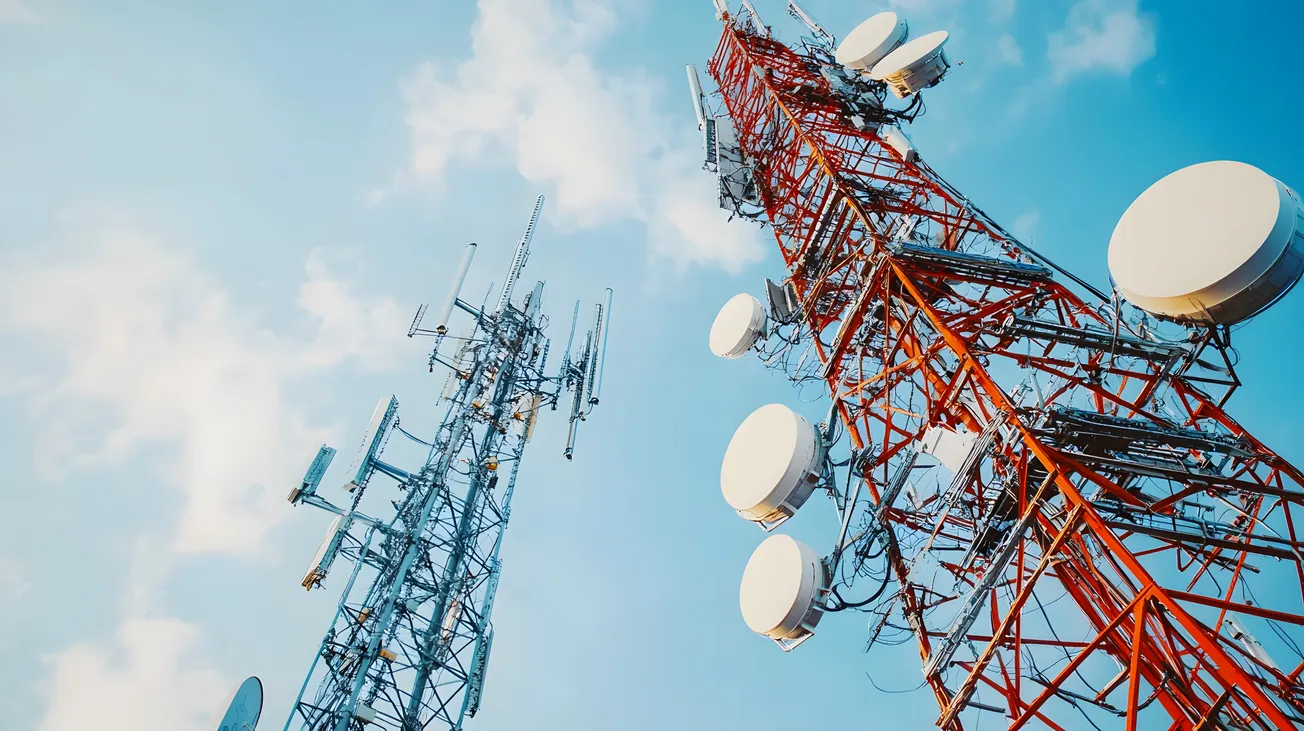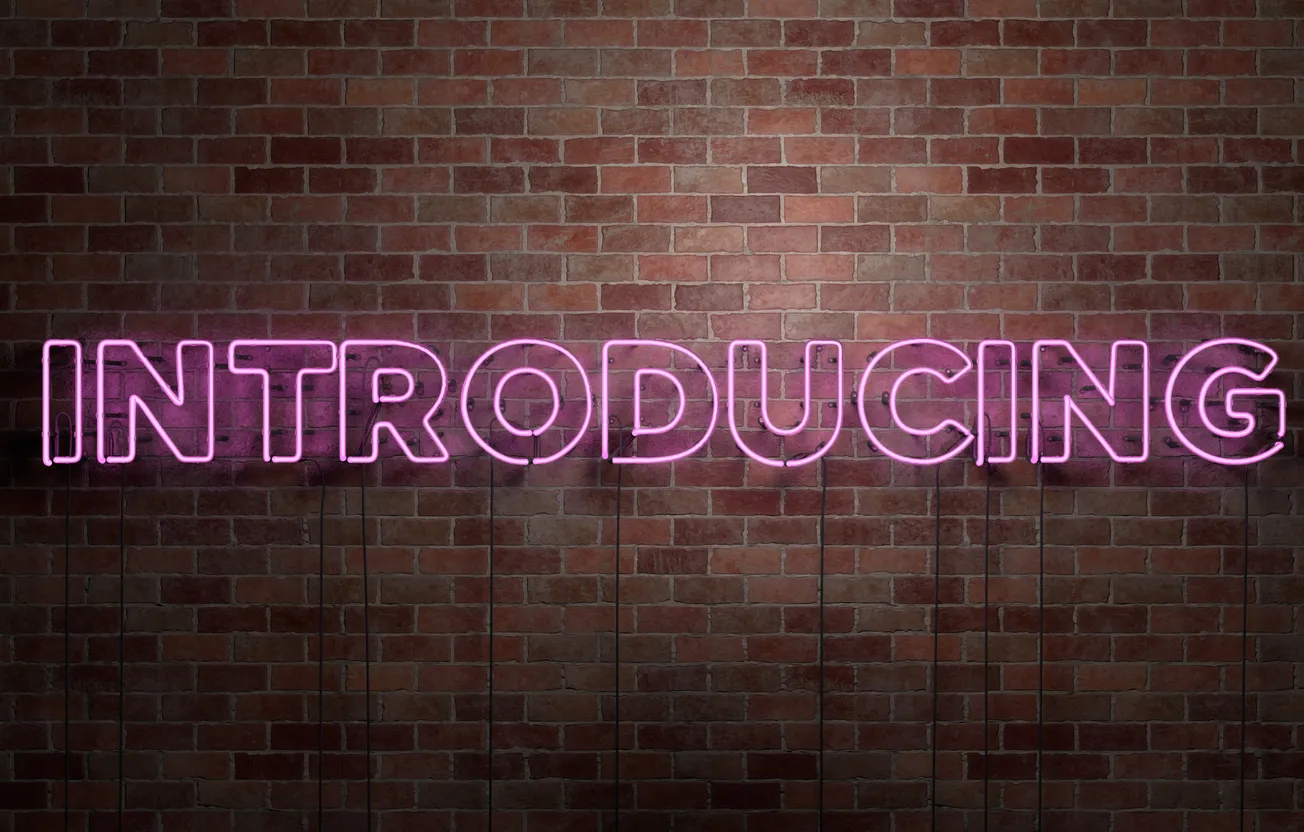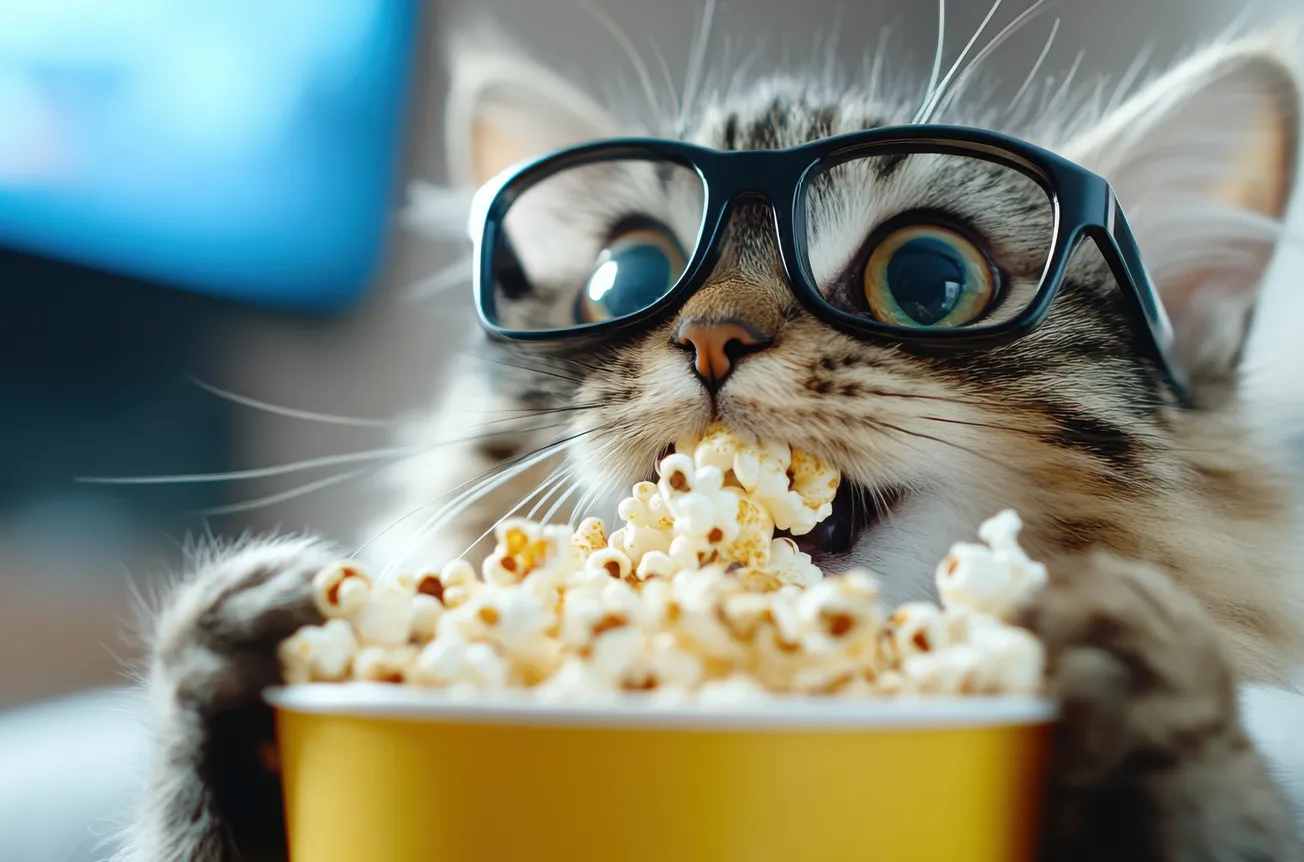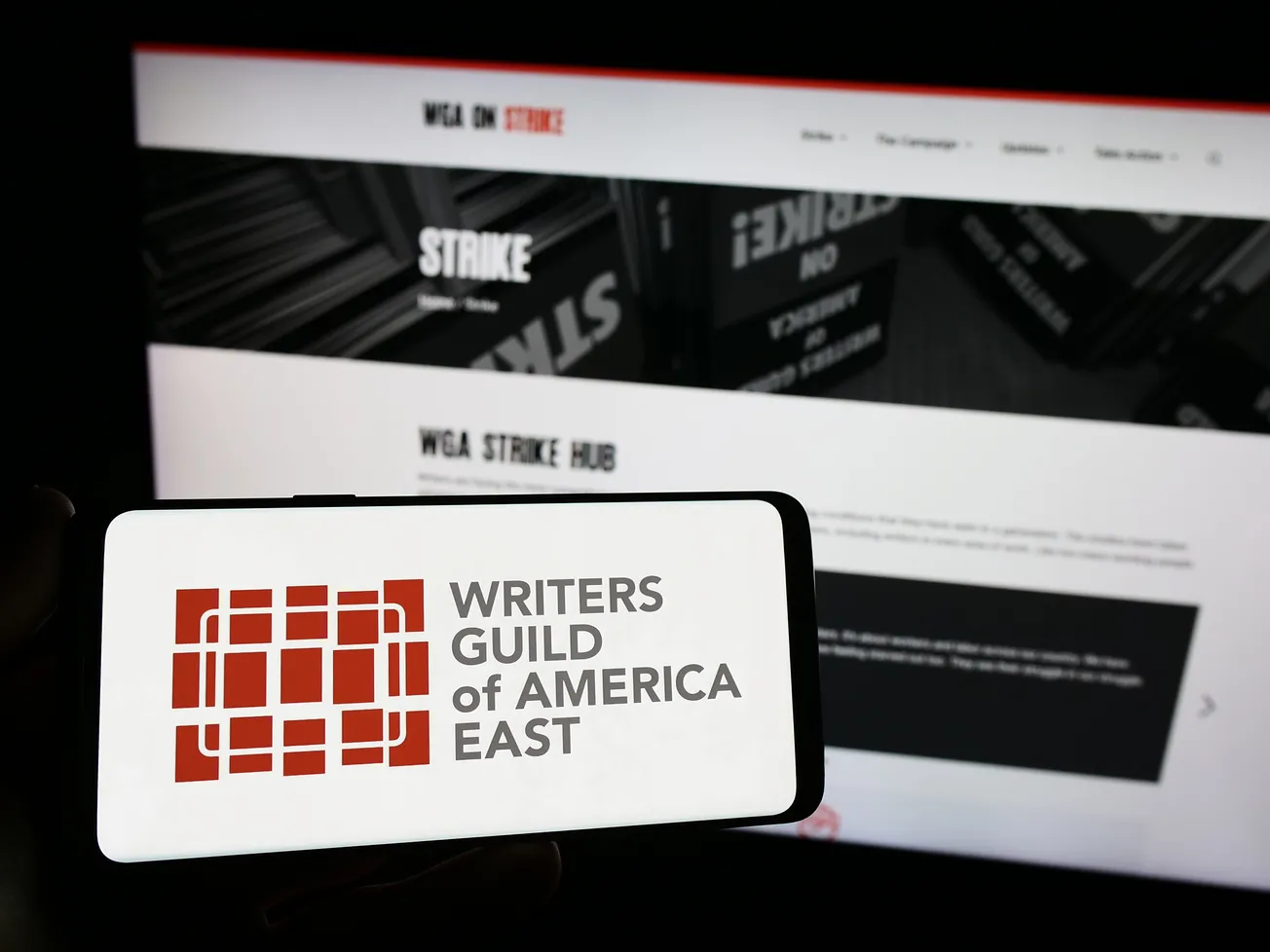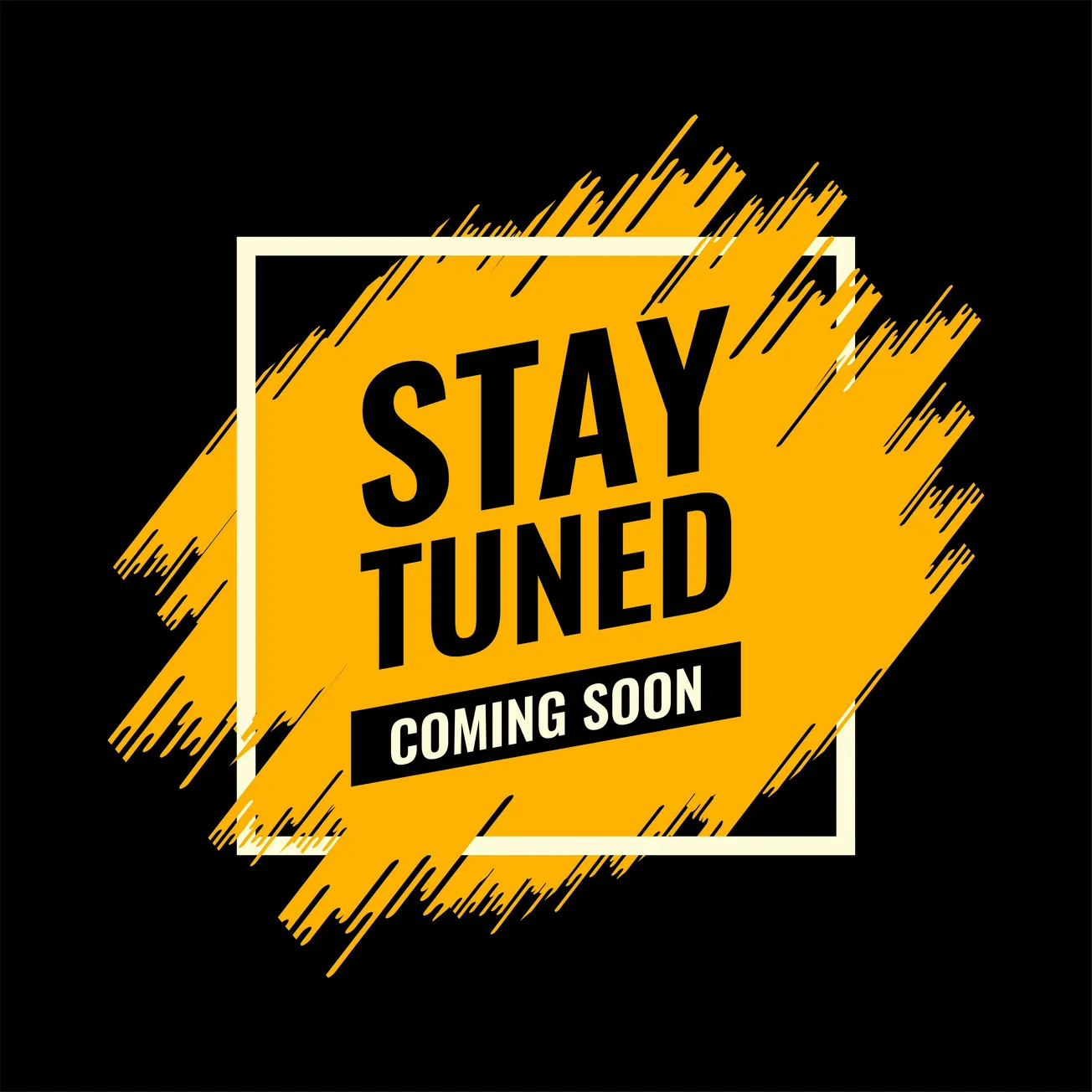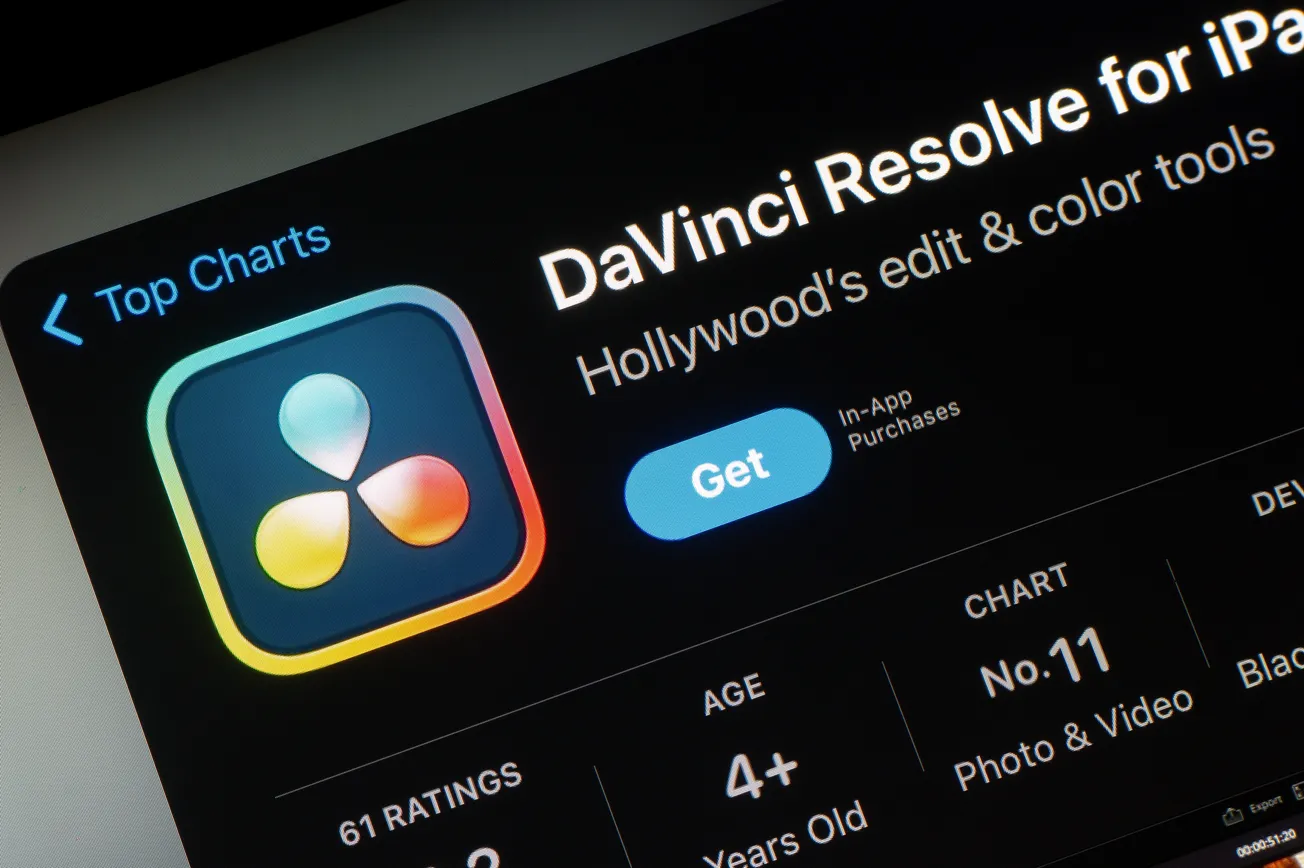The evolution of media consumption has led to a significant overlap between podcasts, radio, television, and other mediums, raising questions about how the term "podcast" is perceived versus its conventional definition.
Crossover Between Podcasts, Radio, and Television
Joe Rogan, initially known as a comedian, television host, and UFC commentator, launched The Joe Rogan Experience in 2009.
The long-form conversation format, featuring guests from various disciplines, closely resembles traditional talk radio. However, its distribution via on-demand streaming and podcasting platforms positions it firmly within the podcasting landscape.
Rogan’s exclusive Spotify deal, reportedly worth $100 million, exemplifies how digital audio content can command massive value, rivaling traditional radio and television deals.
Rogan's transition mirrors that of Howard Stern, the 'shock jock' who transitioned from terrestrial radio to satellite radio, moving his Howard Stern Show to SiriusXM in 2006.
While initially rooted in radio, his show has incorporated television-style elements, such as live video feeds and visual gags.
The Howard Stern Radio Show, which aired on CBS affiliates, is an early example of how radio content can be repurposed for television.
Additional Crossover Content Examples
Initially a radio show on Xfm featuring Ricky Gervais, Stephen Merchant, and Karl Pilkington, The Ricky Gervais Show later became a podcast before being adapted into an animated HBO television series. This transition demonstrates how content can evolve across multiple formats while maintaining its core appeal.
Hosted by Jenna Fischer and Angela Kinsey, former stars of The Office, the Office Ladies Podcast podcast revisits episodes of the TV series, offering behind-the-scenes insights. The show serves as both a companion piece for longtime fans and an entry point for new audiences, highlighting how television nostalgia can drive podcast success.
A direct repurposing of television content, the Ears Edition podcast version of The Daily Show allows fans to consume the show's news coverage in an audio-only format. This reflects a growing trend where television and video content are adapted for audio consumption.
SmartLess, hosted by Jason Bateman, Sean Hayes, and Will Arnett, often resembles a talk show in format, featuring celebrity guests and comedic banter. While categorized as a podcast, its approach is akin to traditional late-night television interviews.
On-Demand Radio Archives as Podcasts
The lines between traditional radio and podcasting are further blurred by the increasing practice of archiving radio broadcasts as podcasts. This allows audiences to listen on-demand rather than adhering to a live broadcast schedule.
Originally a radio interview program, NPR’s Fresh Air is now available as a podcast, increasing its accessibility and broadening its audience beyond live radio listeners.
One of the longest-running radio programs, Desert Island Discs from the BBC is also offered as a podcast, making decades of interviews with notable guests available on-demand.
Dan Carlin’s Hardcore History, though distributed as a podcast, resembles in-depth radio documentaries. The detailed, long-form storytelling approach aligns closely with traditional radio programming.
Beyond Radio and TV: New Crossover Types
- YouTube Podcasts: Many podcasts now include video elements and are hosted on YouTube, which has become one of the most popular platforms for podcast consumption. Shows like The Joe Rogan Experience and H3 Podcast integrate video with traditional podcasting, making them accessible to both audio and video audiences.
- TikTok and Short-Form Podcast Content: Some creators use TikTok and Instagram to distribute podcast clips, effectively using short-form video as a gateway to longer podcast episodes. This hybrid approach extends reach and engages audiences who may not traditionally listen to long-form content.
- Gaming and Livestream Podcasts: Shows like Critical Role, a live-play Dungeons & Dragons series, function as both a podcast and a streamed series on Twitch and YouTube. The blend of live performance, gaming, and narrative storytelling showcases how podcasting has expanded beyond traditional spoken-word formats.
Public Perception vs. Traditional Definitions
The term "podcast" originated in 2004, combining "iPod" and "broadcast." Initially, it referred to downloadable audio files distributed via RSS feeds. However, the meaning has expanded with changing technology and audience behavior. Today, many consider video podcasts legitimate, and platforms like YouTube have become primary distribution hubs.
A 2023 Pew Research study found that approximately half of U.S. adults had listened to a podcast in the past year, with many consuming them on YouTube rather than traditional podcast platforms. This evolution has led to debates about whether a "podcast" must remain audio-only or whether it is now a flexible multimedia format.
Whether audio, video, or a hybrid format, the core appeal of podcasts—engaging, in-depth discussions—remains intact, even as the platforms and delivery methods continue to shift.


